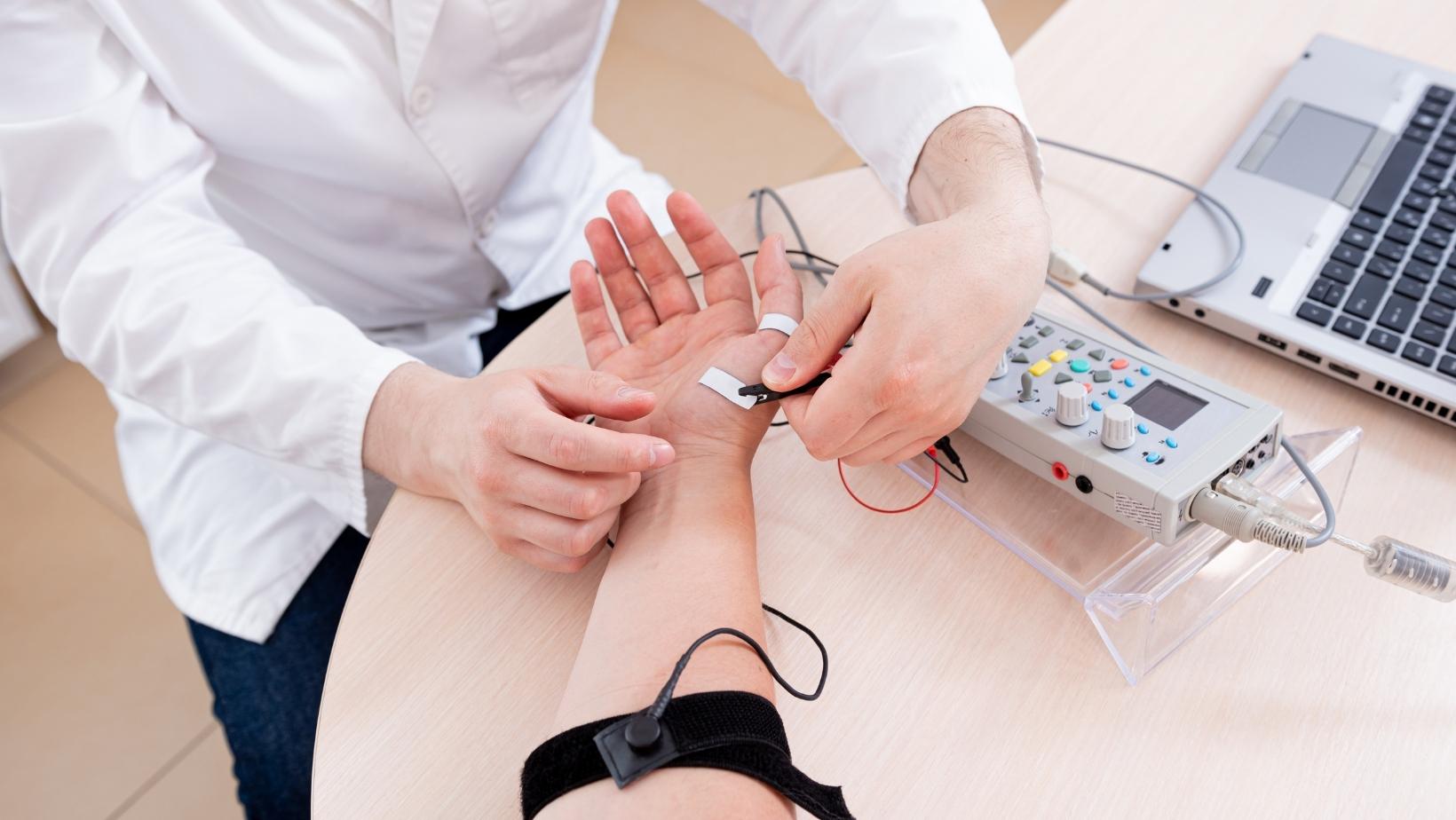Static flexibility tests, which measure the range of motion in a joint or muscle while the body is at rest, have become increasingly prevalent in the field of fitness and sports. These tests are often used to assess an individual’s overall flexibility and to identify any limitations that may hinder performance or increase the risk of injury. In contrast, dynamic flexibility tests, which involve movement and stretching while the body is in motion, have received less attention and are not as commonly used. This article explores why static flexibility tests have gained popularity over dynamic tests and the potential implications of this trend.
While both static and dynamic flexibility tests have their merits, it seems that the former has taken center stage in the fitness and sports industry. One possible reason for this shift is the ease of conducting static tests, which require minimal equipment and can be performed in a relatively short period of time. Additionally, static flexibility tests provide a snapshot of an individual’s flexibility at a specific moment, making them more convenient for quick assessments. However, it is important to consider whether static tests truly capture an individual’s full range of motion and functional flexibility.
The dominance of static flexibility tests over dynamic tests raises questions about the comprehensiveness of the assessments being conducted in the fitness and sports industry. While static tests offer valuable insights into an individual’s flexibility, they may not provide a complete picture of their ability to move and perform in dynamic situations. By relying solely on static tests, there is a risk of overlooking potential limitations or imbalances that could impact an individual’s performance or increase the likelihood of injury. It is crucial to strike a balance between static and dynamic flexibility tests to ensure a more comprehensive evaluation of an individual’s overall flexibility and movement capabilities.
Explain Why Static Flexibility Tests are More Common Than Dynamic Flexibility Tests.
What are Static Flexibility Tests?
Static flexibility tests involve holding a position to assess the range of motion of specific joints or muscles. Common examples include the sit-and-reach test, where individuals reach forward while seated, and the shoulder flexion test, where individuals reach their arms overhead. These tests are often used in fitness and sports settings to evaluate flexibility.
What are Dynamic Flexibility Tests?
Dynamic flexibility tests, on the other hand, involve actively moving through a range of motion to assess flexibility and joint mobility. These tests typically involve movements such as leg swings, arm circles, or lunges. Dynamic flexibility tests are designed to evaluate an individual’s ability to perform functional movements and dynamic activities.
Benefits of Static Flexibility Tests
Static flexibility tests have gained popularity due to their simplicity and ease of administration. They provide quick assessments of an individual’s flexibility and can be easily incorporated into a variety of fitness and sports settings. Additionally, static tests allow for targeted assessments of specific muscles or joints, making them ideal for identifying areas of tightness or imbalance.

Benefits of Dynamic Flexibility Tests
While static flexibility tests have their advantages, dynamic flexibility tests offer a more comprehensive evaluation of an individual’s overall flexibility and movement capabilities. Dynamic tests simulate real-life movements and sports-specific actions, providing a better understanding of an individual’s functional flexibility. They assess the ability to move fluidly through a range of motion, which is crucial for injury prevention and optimal performance.
Differences between Static and Dynamic Flexibility Tests
The main difference between static and dynamic flexibility tests lies in the type of assessment they provide. Static tests focus on measuring the passive range of motion, while dynamic tests assess the active range of motion. Static tests are valuable for identifying specific areas of tightness or limitations, while dynamic tests provide insight into an individual’s ability to move dynamically and perform functional movements.
By incorporating both static and dynamic flexibility tests into an assessment protocol, a more comprehensive evaluation of an individual’s flexibility can be achieved. This approach allows for a better understanding of an individual’s movement capabilities and can guide the development of more effective flexibility training programs.
Finding the right balance is key. By using a combination of static and dynamic flexibility tests, professionals can ensure a more thorough evaluation and better address an individual’s specific needs. This approach will lead to more targeted and effective flexibility training, ultimately helping individuals improve their range of motion and movement capabilities.


